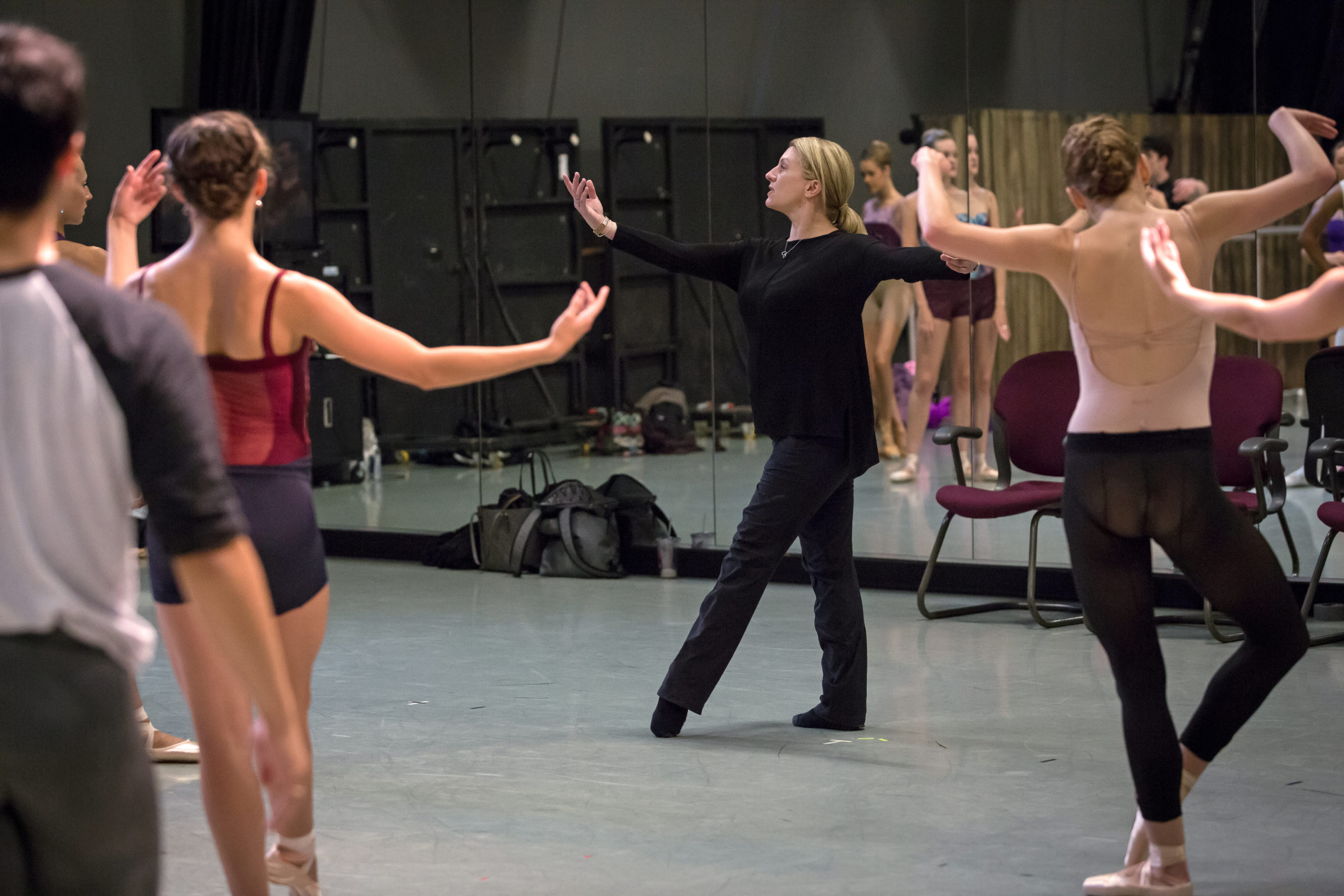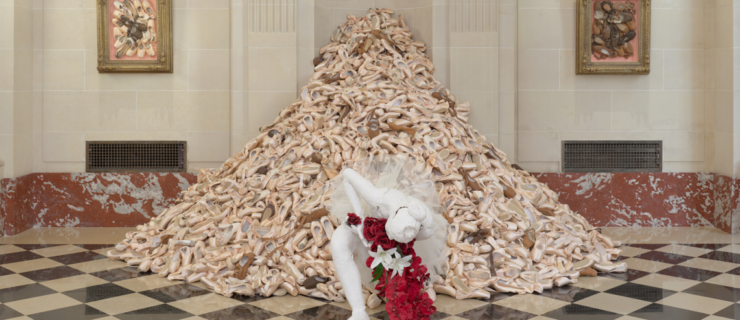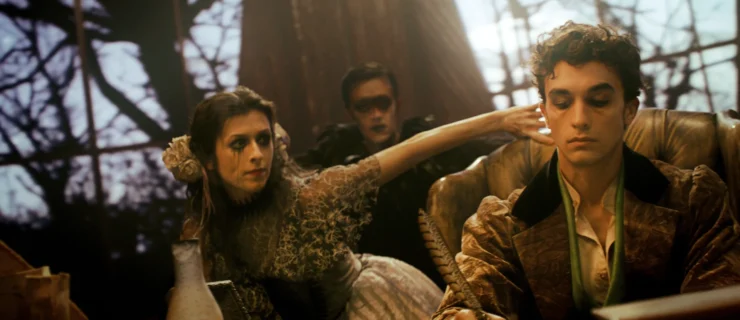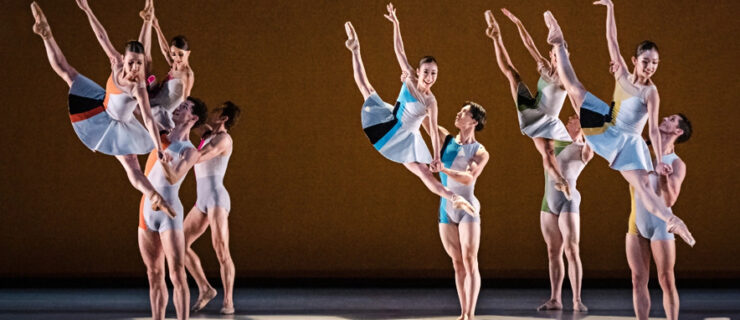Hope Muir Is More Than Ready for Her New Role at National Ballet of Canada
On July 7, the National Ballet of Canada announced Hope Muir as its new artistic director, following a two-year international search. Muir, who was born in Toronto and is the current artistic director of Charlotte Ballet, succeeds Karen Kain, who stepped down on June 30.
Muir began her dance training at age 3 in the Toronto suburb of Etobicoke. In 1987, at age 15, she moved with her family to England, where she became one of the first students to study at Peter Schaufuss’ London Festival Ballet School (now the English National Ballet School). She went on to dance professionally with English National Ballet, Rambert Dance Company and Hubbard Street Dance Chicago.
After her performance career, Muir became an assistant to choreographer and former Rambert artistic director Christopher Bruce and a répétiteur of his dance works. She staged his Rooster for NBoC, and assisted Crystal Pite on the creation of her ballet Emergence at NBoCin 2009. Before taking the reins at Charlotte Ballet in 2017, Muir spent the previous eight years at Scottish Ballet, first as its ballet mistress and then as rehearsal director and assistant artistic director.
The 50-year-old brings all that prior experience, a London accent and her 16-year-old cat, Alfie, back to Toronto to begin her tenure on January 1 for the company’s 70th-anniversary season. Pointe spoke with Muir about her new post at NBoC, as well as bidding farewell to Charlotte Ballet.
Days before you were named as NBoC’s new artistic director, the Toronto Star ran an article speculating on front-runner candidates for the job. You weren’t mentioned, and others have also said you are a surprise choice. Do you feel you were?
Everyone that was mentioned in the article has been in NBoC’s orbit recently and I have not. But I feel I have done all the groundwork for the job, and sometimes it works to your advantage to be the underdog and not to have all that scrutiny and pressure. I was able to go through the process under the radar, which suited me just fine.
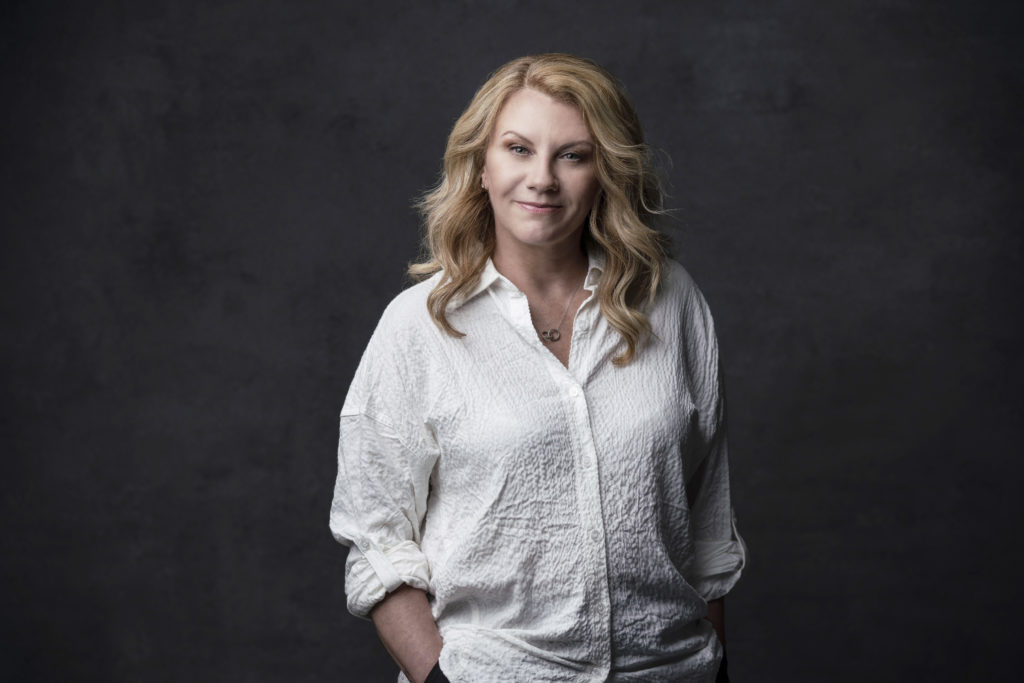
You have said that this is the opportunity of a lifetime. I understand you almost did not apply for the job—what was your initial hesitation?
I was asked if I wanted to apply by the search committee, and that alone was super-flattering. I just needed to sit with it for a while to make sure I was doing it for the right reasons. In coming to Charlotte Ballet as artistic director, I never viewed it as a stepping-stone to something like this. Once I delved deeper into NBoC, I thought: I have prepared myself well, in terms of my career progression, and am in a good position to go into a company that size.
What do you feel is going to be your biggest challenge?
It’s just a much bigger machine, and it is going to take time to get to know the organization. I am very hands-on, and I would love to be able to continue that at NBoC. I am going to have a lot more dancer careers in my hands.
Do you plan to institute some of the things you did at Charlotte Ballet, such as bespoke story ballets, preparing dancers for different movement styles, and expanding collaborations with other artists and arts organizations?
Absolutely. Finding those new stories to tell is especially important, as well as developing collaborations. My strategy in introducing new choreographers to the company is to make sure the dancers are as prepared as possible, so that they have all the tools to access the works and have the most satisfying experience.
You have talked about the importance of inclusivity. What areas of inclusiveness are you planning to look at internally and externally at NBoC?
The National Ballet, like Charlotte Ballet, has been involved with The Equity Project [an initiative of Dance/USA, Dance Theatre of Harlem and the International Association of Blacks in Dance], so there is a shared vision on inclusivity. All I can say right now is that I am committed to continuing the conversation.
You have been at Charlotte Ballet for four years, long enough to effect changes in the repertoire, build relationships and much more. How would you describe the company you are leaving behind?
I feel the dancers are more prepared now for a much wider range of work. They are hungry and creative, and whoever takes over will be so happy to work with these amazing dancers who love a challenge.
What accomplishments at Charlotte Ballet are you most proud of?
The Rite of Spring: Reinvented Project – Right[s], choreographed by Peter Chu, which we in did [in 2020] with our Reach Scholarship Program students and the Charlotte Symphony. To engage with the community and provide that kind of performance experience for the students and their families, and to have Charlotte Ballet II provide leadership, was extraordinary. Also, the new stories and full-lengths.
Are you looking forward to living in Toronto again?
I love the city, and it feels, in a sense, like going home. I love the winters and am happy to be going back to four seasons.
